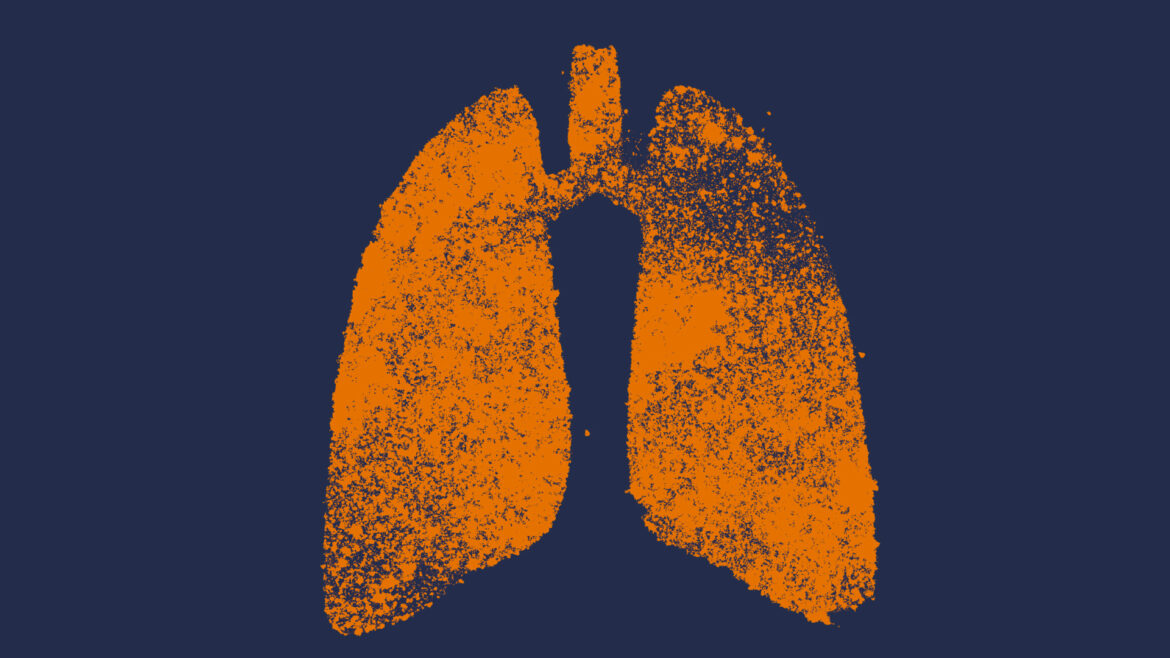A B reader is a doctor certified by the National Institute of Occupational Health and Safety (NIOSH). They are specially qualified to determine if patients have signs of pneumoconiosis (also known as black lung). These physicians examine x-rays of the lungs to look for signs of the disease. Their reports can determine whether a patient may be eligible for federal programs and benefits.
Patients can choose which B Reader they want analyzing their lung x-rays. In Virginia, Dr. Alan Ropp at UVA Health is the only known certified B Reader who is also a specialized lung imaging radiologist. Read on to learn more about the benefits of choosing a lung imaging radiologist as your B Reader.
What is Pneumoconiosis (or Black Lung)?
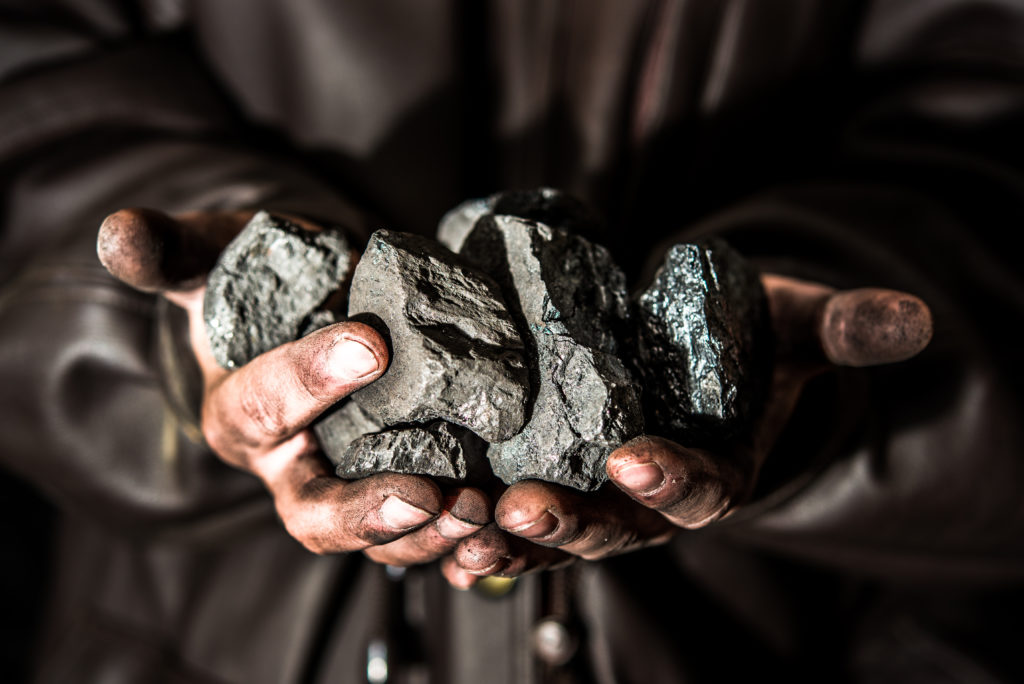
Pneumoconiosis is a lung disease caused by breathing in specific kinds of dust particles. Asbestos, silica, and coal (which leads to coal workers’ pneumoconiosis, also called black lung) are the most common. These dust particles are often encountered in work environments, like coal mining. That is why pneumoconiosis is often called an occupational lung disease.
As a worker breathes in these dust particles, the dust settles on lung tissue. The body tries to remove the particles, which causes inflammation in the lungs. Eventually, this can lead to scarring (also called fibrosis).
It usually takes many years of breathing in these dusts to develop pneumoconiosis. The severity of the disease depends on how much dust is inhaled. For a long time, sometimes decades, symptoms may not appear. When symptoms do appear, they can include:
- Cough (can include a black discharge)
- Shortness of breath
- Chest tightness
To diagnose pneumoconiosis, your doctor will do a thorough work history to determine if you have been exposed to dust particles. Imaging plays a key role, too. Usually, your doctor will order an x-ray; they may also want a chest CT scan or other imaging.
There is no cure for black lung, but there are ways to manage symptoms and improve your quality of life. Some medications may help ease breathing and keep your airways open. Supplemental oxygen can be helpful. Your doctor will also recommend lifestyle changes, like not smoking and avoiding further exposure to dust.
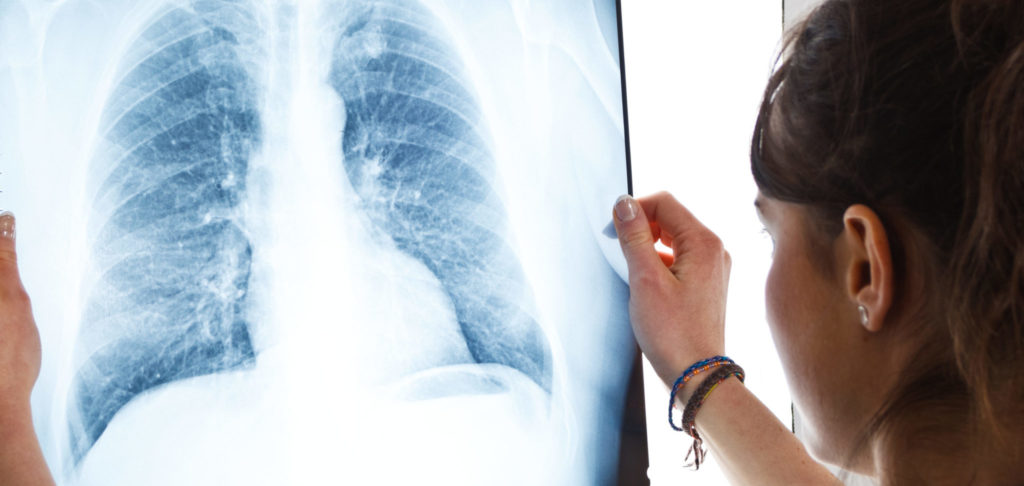
The B Reader Program
Because workplace exposure can cause pneumoconiosis, many governments have programs to monitor people who work with dusts. In the United States, this includes the Coal Workers’ Health Surveillance Program. There are also programs to provide benefits to workers affected by the disease. In the US, this includes the Division of Coal Mine Workers’ Compensation, or the Federal Black Lung Program.
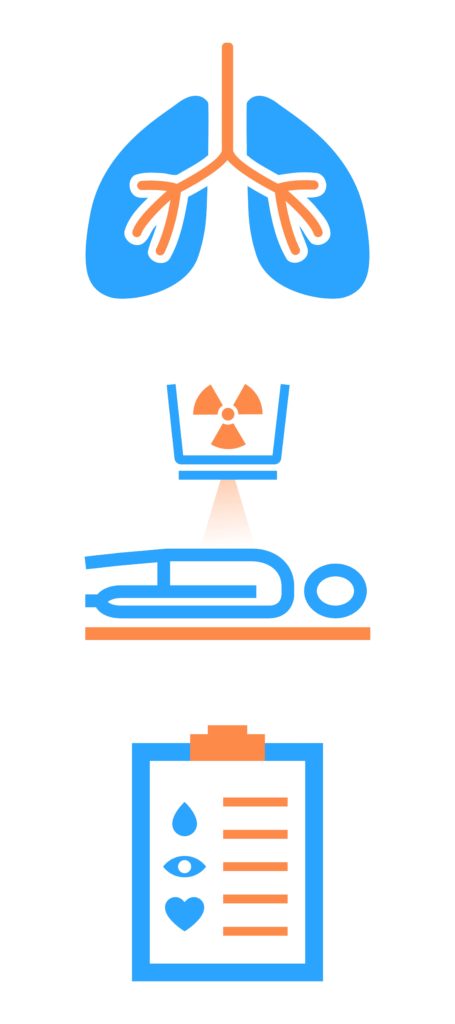
To screen workers, the United States National Institute of Occupational Health and Safety (NIOSH) has a special training program to certify doctors as experts at identifying pneumoconiosis on x-rays. These specially trained doctors are called B readers.
B readers are usually radiologists (doctors who specialize in interpreting medical images) or pulmonologists (lung doctors). To become a B reader, doctors must develop expertise in how pneumoconiosis presents on x-rays. They must pass a special exam, which is very difficult. Only 40% of doctors who take it will pass the first time and they must be re-certified every 5 years.
Once a physician is a certified B reader, he or she classifies x-rays of pneumoconiosis using strict guidelines. They examine the lungs in great detail, looking for scarring and other changes that might indicate the disease. They know how different dusts affect the lungs differently. For example, damage from asbestos dust will look different on an x-ray than damage from coal dust.
The results of a B read can help determine if a worker has pneumoconiosis. It can help determine which treatments might be helpful and if a worker is eligible for federal benefits due to occupational dust exposure.
The number of doctors trained to do all this is small. There are less than 200 certified B readers in the United States, and just 300 globally. Here in the state of Virginia, there are about 10 B readers.
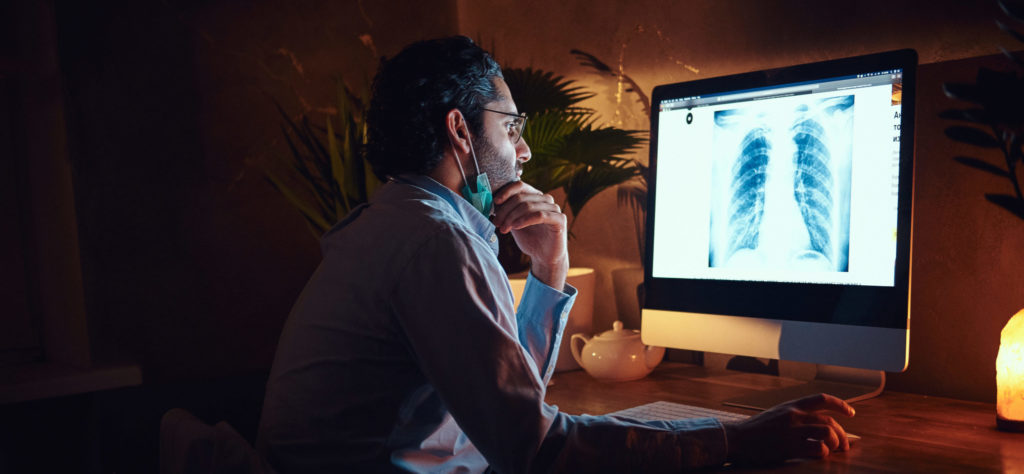
Why You Should Choose a Lung Imaging Radiologist to Be Your B Reader
Patients have the ability to choose which B reader they would like to interpret their chest x-rays. That choice is a critical one.
Though all B readers must pass the same exam, there are some doctors who bring special expertise to the B reader role. A radiologist is a doctor who specializes in interpreting medical images. They spend their entire career examining x-rays and other medical images for signs of disease. They are experts at knowing what both healthy and diseased organs look like. And they understand the visual patterns of hundreds of different diseases and conditions. This knowledge can make a real difference for your B read.
Additionally, radiologists can specialize in very particular parts of the body. One area they can specialize in is the heart and lungs (also called the thoracic section). For B reads, this expertise can make the most difference.
A specialized lung imaging radiologist knows the anatomy of the lungs in extraordinary detail. They will see hundreds of chest x-ray and CT images every day of their career. They have the most expertise and training possible when it comes to diagnosing disease based on lung imaging. Choosing a lung specialized radiologist as your B reader gives you this dual expertise: expertise in lungs and expertise in interpreting medical images.
Dr. Alan Ropp: B Reader and Lung Specialized Radiologist in Virginia
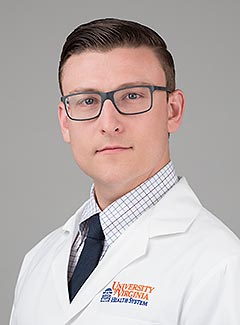
Dr. Alan Ropp at UVA Health is the only known certified B reader in Virginia who is also a specialized lung imaging radiologist. That makes him uniquely skilled at interpreting chest images for signs of pneumoconiosis.
“Over my career, I’ve seen pretty much every disease or condition you can see in the lungs,” Dr. Ropp says. “And if I haven’t seen it personally, with my own patients, then I’ve studied a case of it.”
With six additional years of training in medical imaging and chest anatomy after medical school, Dr. Ropp has the highest possible level of radiological chest expertise. He estimates that he reads an average of 100-150 chest x-rays or CT scans every workday. That’s over 20,000 a year.
Only a radiologist specializing in chest imaging will have that much experience. When it comes to interpreting your B read, that experience can make all the difference.
“It takes thousands of chest x-rays to become an expert,” says Dr. Ropp. “So if you are only interpreting them occasionally, it’s hard to become one. Radiologists have an edge because this is our every day. It’s not an occasional practice.”
Dr. Ropp also knows the importance of state-of-the-art equipment for B reads. Radiologists at UVA Health have access to the highest quality medical-grade monitors with over 12 million pixels. These monitors are specifically designed for high resolution X-ray interpretation. For an experienced B reader, this technology is invaluable in detecting subtle signs of disease.
“Some of the findings associated with pneumoconiosis are less than one millimeter in size, and can be missed if images are not displayed on monitors with appropriate specifications,” says Dr. Ropp. “It can potentially be the difference-maker for your diagnosis.”
Make the most informed choice of B reader that you can: choose a lung imaging radiologist like Dr. Alan Ropp at UVA Health. Let his expertise in both lungs and medical imaging help you and your family.
To learn more about Dr. Alan Ropp’s B reader services, contact his administrator, Tia Wright, at 434-982-6018 or TMN9A@virginia.edu. Dr. Ropp completes B reads in a very timely manner, either the same or next day. He also includes any other incidental lung findings in his reports. UVA Health uses the AMBRA imaging system, which can accept x-ray images from any institution. Our technical team will work with your referring institution to transfer your images quickly, easily and accurately.


